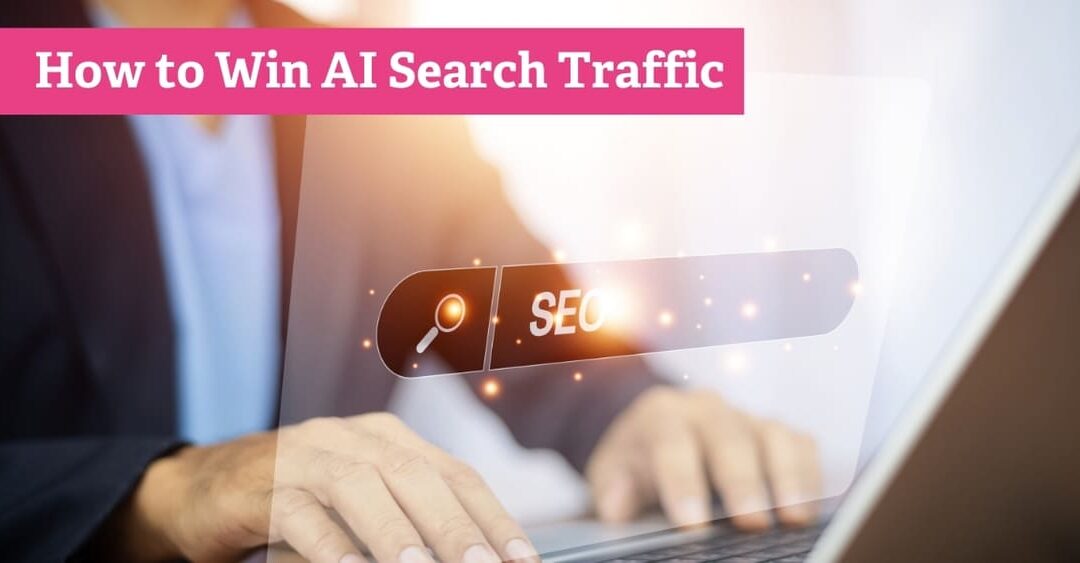
Start with the endgame.
That’s what I kept thinking as I prepped for our recent webinar on Rethinking Your Email Marketing for 2022. I had some great tips and strategies to share with our participants. But I figured the best way to inspire is to start at the end: with examples from healthcare marketers who are already nailing it.
I spoke with a few healthcare marketers to see if they would share their marketing magic.
Anne Machalinski, Director of Marketing Operations at UCLA Health, creates marketing campaigns of various sizes, types and complexities, including all email campaigns. She writes and develops the content for patient emails. She builds emails using pre-created, approved templates. And she oversees copy edits, quality checks and leadership/stakeholder approvals.
If there’s one person who knows the ins and outs of hospital email marketing, it’s Anne.
Anne also starts with the endgame. Knowing your goal is one of the first (and most important) steps when creating and launching an email marketing strategy. And that’s exactly what UCLA Health does for their overarching email strategy and each marketing automation campaign.
Once I heard more about the “how” and “why” behind UCLA Health’s email strategy (below), I understood just how important that goal is.
Ahava: Tell me about some of the email marketing initiatives at UCLA Health.
Anne: We send a biweekly general health email newsletter to about 850,000 patients and subscribers. The goal is to keep our audience informed and increase appointments.
To do that, we promote UCLA Health content that covers general health topics such as:
- The importance of primary care and preventive health services (vaccines, disease screenings and cancer screenings)
- Diet and nutrition
- Exercise
- Mission-driven stories on health equity, diversity and inclusion
More recently, this general health email has included operational updates and information on the COVID-19 vaccines and local health policies. When appropriate, we include calls to action that drive the audience to appointment scheduling pages in the email and promoted blog posts.
Beyond this general email, we send targeted emails to select patient populations. For example, we used email to inform patients as they became eligible to receive the COVID-19 vaccine in early 2021 and again as supplemental doses became available. And now, we’re starting to develop more targeted messages for various audiences.
Ahava: How did you initially create your email marketing strategy?
Anne: We launched our general health email in April 2020, as there was a heightened need for timely health information. The strategy for what type of content to share developed organically, based on trending national and local topics and what content performs best and resonates with our audience.
Ahava: Since you mentioned types of content, how do you feed the content beast that is email? What does your content creation process look like?
Anne: We are in a great position when it comes to choosing content for the email newsletter. We have a robust content hub that we update with new stories several times a week. The UCLA Health Connect blog features stories written by our content team on the general health topics that perform best in our email newsletter.
Our content creation process looks like this:
- Partner with our editor to determine which content pieces to repackage for the general health email.
- Write a headline, copy and CTA. Resize the image.
- Build the email using our standard template.
- Implement our standard production process before we deploy: copy edit, rounds of clinical and leadership approval, formatting quality control.
We also develop operational updates in collaboration with UCLA Health clinical, ambulatory, population health and operations teams. This helps ensure we’re informing our patients of the national/local regulations and latest UCLA Health operational updates — such as FDA authorizations and approvals or vaccine appointment availability at UCLA Health. This is information our audience may not otherwise know.
We sometimes wait to deploy the emails until the most up-to-date information is released from regulatory bodies. We plan how to roll out updates at UCLA Health and write patient-appropriate messaging.
Ahava: How do you measure the success of your campaigns? Which campaigns have generated the best results?
Anne: To measure the success of our email campaigns, we review the standard email engagement metrics, including:
- Unique open rate
- Unique click-through rate
- Click-to-open rate
- Unsubscribe rate
Aligned with our goal of increasing appointment requests, we also review website metrics and appointment request form completion.
Immediately after deploying the general health emails, we’ve consistently seen:
- An uptick in appointment scheduling via our patient portal (myUCLAhealth)
- Calls to our patient communication center
- Appointment requests via online forms
- Huge traffic increases to the blog
A recent example of a patient-specific campaign with outstanding performance was a November 2021 email to 713,000 patients that covered new research on mental health. The subject line was: “Help us conduct research on mental health.” This email received a unique open rate of 42.5%, more than 23% above industry average!
In the body of the email, we included details on new mental health and technology research that UCLA Health is conducting. We also requested that patients join our registry to be considered for research studies. More than 11,800 readers clicked over to this survey. 55% of them completed the registration and enrolled.
Another successful campaign was our COVID-19 vaccine invitation campaign that started in January 2021. We sent email invitations on a rolling basis to specific patient segments, working with population health to prioritize and invite the highest risk eligible patients first.
We segmented the messages based on language preference (English vs. Spanish) and patient portal activation (active vs. inactive). Our unique open rate for these vaccine invitations was consistently above 60%.
Ahava: That’s astounding. What lessons have you learned from your email marketing campaigns? How can other healthcare marketers follow suit?
Anne: I recommend that marketers:
- Test different types of content to get to know your audience. Don’t be discouraged if something doesn’t work. Run A/B tests to best select send time, subject line and template design, such as inclusion imagery.
- Streamline production by creating and using standard templates and processes.
- Choose an appropriate send date and time. Consider operational implications that may result from email deployment, and choose an appropriate send date. We only send emails when we have full operational support. So we don’t send messages on Fridays or Mondays, when the call center is not fully equipped to handle increased call volume.
Take Your Email Marketing to the Next Level
Can your organization’s email marketing achieve success like UCLA Health? With the right knowledge, tools and strategy — the answer is yes.
Download our free quick guide to get 7 strategies for using email to build trust and brand loyalty.




